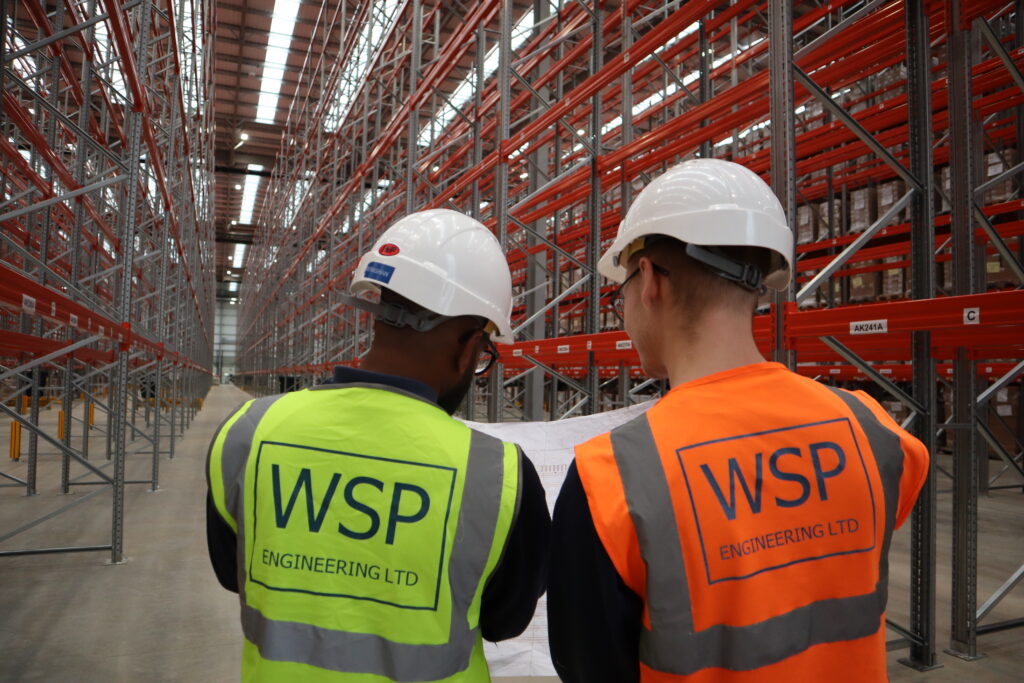

A principal contractor is the contractor with overall control over the construction phase of a project where more than one contractor is involved. They are appointed by the client and are responsible for planning, managing, monitoring and coordinating health and safety during the construction phase.
The principal contractor will work closely with the client, principal designer and other contractors and are responsible for ensuring health and safety risks are correctly managed during the construction phase.
Multiple contractors working in the same areas with different equipment and machinery can create many potential health and safety hazards. A principal contractor will support in planning and coordinating this work to minimise risks and adhere to the project scope and timescales.
The principal contractor will ensure other contractors have received the correct training and information for working on-site and that there is effective communication between all relevant parties.
A principal contractor must demonstrate that they have the skills, knowledge, experience, and organisational capability to carry out the work they have been appointed for.
This can include references from previous work, membership in professional bodies and proof of training and development.
The HSE government page lists the following as the main roles and responsibilities of a Principal Contractor (Source HSE)
We have successfully undertaken numerous projects as a principal contractor with our experienced and diverse team.
We believe that the success of any project starts with the people involved and their mindsets, attitudes and communication skills. The development programmes that all members of our team undertake not only focus on their technical knowledge but their people and business skills as well.
This approach ensures that as principal contractors, we can effectively manage and communicate with contractors and build great working relationships with our clients and their teams.
To learn more about what we do or to get in touch, follow the links below.
Copyright Irideum, 2025 | Website by Vandal Marketing